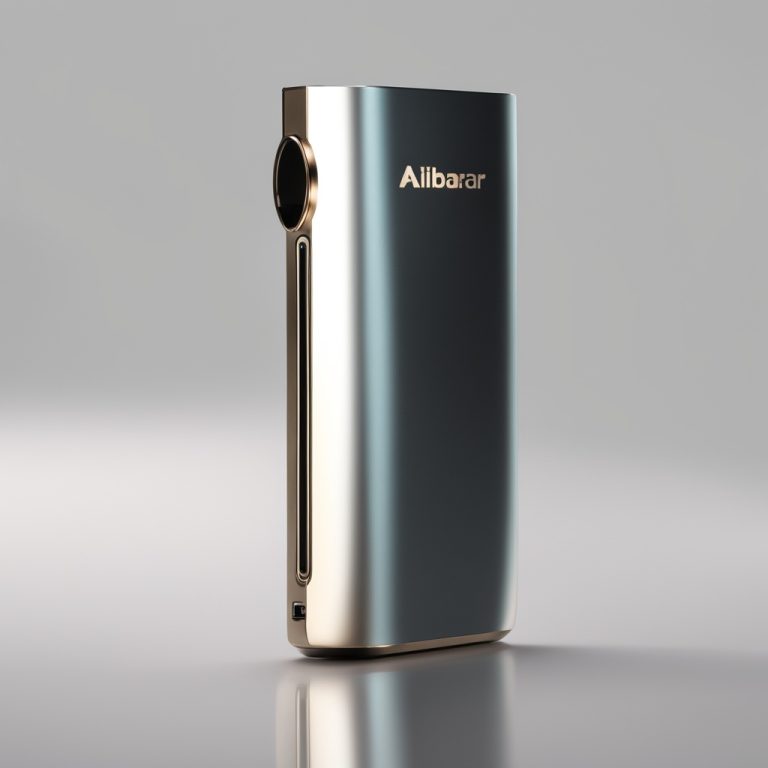
The Rise of Vape Stores: Understanding E-Cigarettes and Their Impact
In recent years, the world has witnessed a significant shift in tobacco consumption, with many smokers turning to e-cigarettes as an alternative. This trend has given rise to numerous vape stores that cater to this growing demand. But what exactly are e-cigarettes?
How do they work?
And what impact do they have on society? Let’s dive into these questions and explore the fascinating world of vaping.
Understanding E-Cigarettes:
What Are They?
E-cigarettes, also known as vaporizers or electronic cigarettes, are devices designed to simulate the act of smoking. Instead of burning tobacco, e-cigarettes heat a liquid (often called e-liquid or vape juice) to produce an aerosol that users inhale. This process is commonly referred to as “vaping.” The key components of an e-cigarette include:
- A battery-powered device
- An atomizer or heating element
- E-liquid containing nicotine, flavorings, and other chemicals
- A mouthpiece for inhaling the vapor
Unlike traditional cigarettes, e-cigarettes do not produce tar or many of the harmful chemicals associated with smoking. However, they are not entirely risk-free, as they still contain nicotine, a highly addictive substance.
The Popularity of Vape Stores
With the increasing popularity of vaping, vape stores have become a common sight in many cities. These stores offer a wide variety of e-cigarettes, e-liquids, and accessories, catering to both beginners and experienced vapers. But why has vaping become so popular? Let’s explore some factors contributing to its rise:
- Perceived health benefits: Many smokers switch to vaping believing it is a safer alternative to smoking.
- Customization options: Vapers can choose from countless flavors and nicotine levels, making the experience highly customizable.
- Social trend: Vaping has become a cultural phenomenon, with many young people adopting it as part of their lifestyle.
However, the popularity of vaping has also sparked controversy. Critics argue that vape stores target young people and contribute to nicotine addiction. This raises important questions about regulation and public health.
The Health Debate: Are E-Cigarettes Safe?
One of the most debated topics surrounding vaping is its impact on health. Proponents argue that e-cigarettes are a safer alternative to traditional cigarettes, as they eliminate many harmful chemicals found in smoke. However, critics point out that vaping still poses risks:
- Nicotine addiction: E-cigarettes contain nicotine, which can lead to dependence and withdrawal symptoms.
- Unknown long-term effects: The health impacts of vaping over extended periods are not yet fully understood.
- Lung concerns: There have been reports of lung injuries linked to vaping, particularly when using certain products or additives.
The debate over the safety of e-cigarettes highlights the need for further research and regulation. As more studies emerge, it becomes clear that vape stores and their customers must be informed about the potential risks associated with vaping.
Regulations and Their Impact on Vape Stores
In response to growing concerns about vaping, governments around the world have introduced regulations aimed at controlling its use. These regulations often target vape stores, requiring them to comply with new rules regarding product sales, advertising, and usage. Some common regulatory measures include:
- Age restrictions: Many countries have raised the legal age for purchasing e-cigarettes to reduce youth access.
- Nicotine limits: Regulations on nicotine content in e-liquids to prevent excessive addiction.
- Flavor bans: Restrictions on flavored e-liquids, which are often seen as appealing to younger audiences.
While these regulations aim to protect public health, they have also had a significant impact on the vaping industry. Some vape stores have struggled to adapt to the new rules, while others have embraced them as an opportunity to promote safer products.
The Future of Vaping and Vape Stores
As the vaping industry continues to evolve, it is essential to consider its future trajectory. With ongoing research into the health effects of e-cigarettes and changing regulatory landscapes, vape stores must remain adaptable to survive and thrive. Key trends shaping the future of vaping include:
- Sustainable practices: A growing emphasis on eco-friendly products and packaging.
- Technological advancements: Innovations in device design and e-liquid formulation.
- Educational initiatives: Efforts to inform customers about the risks and benefits of vaping.
Ultimately, the future of vaping depends on striking a balance between innovation, regulation, and public health. As more people turn to e-cigarettes as an alternative to smoking, it is crucial that vape stores play a responsible role in educating their customers and promoting safer practices.
Conclusion: Weighing the Pros and Cons
The rise of vaping has undeniably transformed the tobacco industry, with vape stores playing a central role in this shift. While e-cigarettes offer potential benefits as smoking cessation tools, they also come with risks that cannot be ignored. As society grapples with the implications of vaping, it is essential to approach the topic with an open mind and a focus on evidence-based solutions.
Whether you view vaping as a revolutionary tool for quitting smoking or a gateway to nicotine addiction, one thing is clear: its impact will continue to be felt for years to come. By staying informed and advocating for responsible practices, we can work toward a healthier future—one puff at a time.





